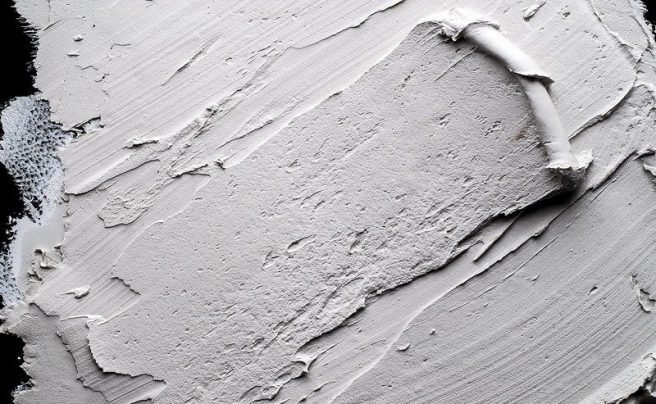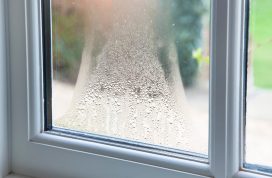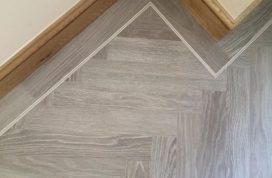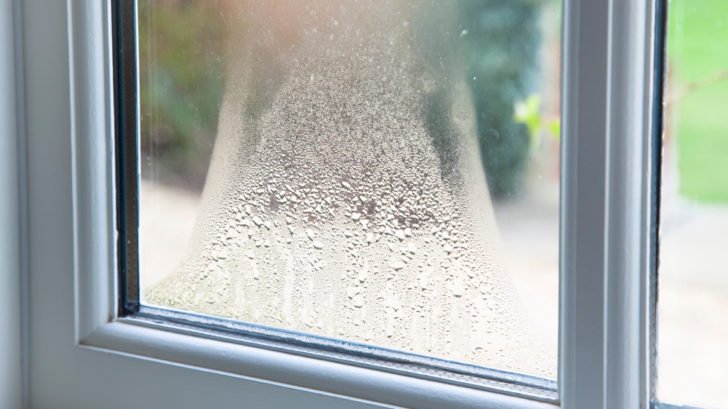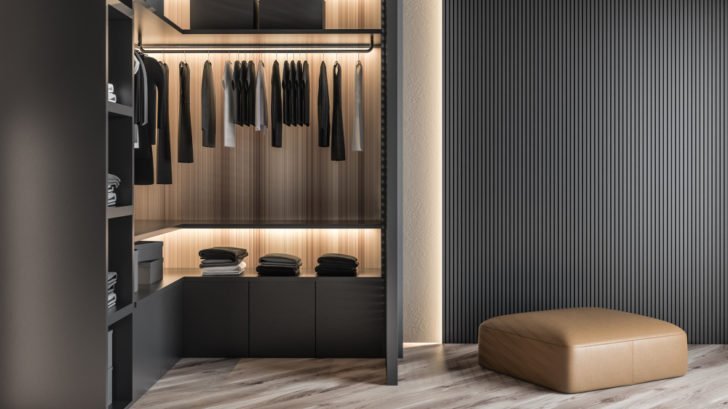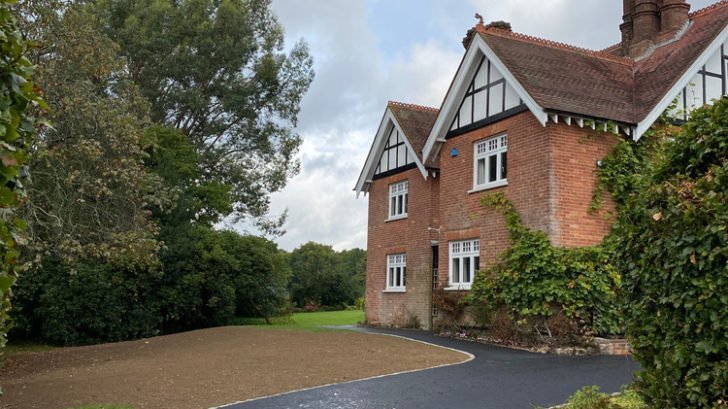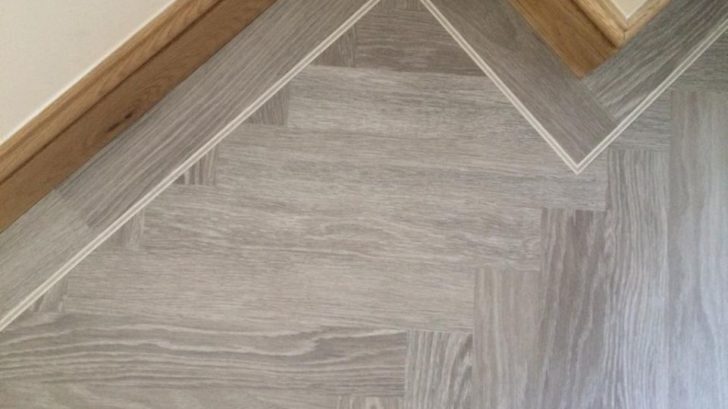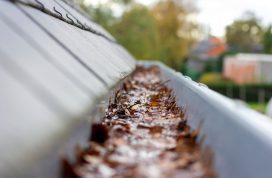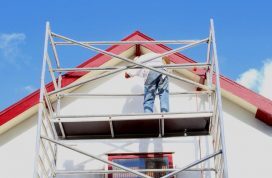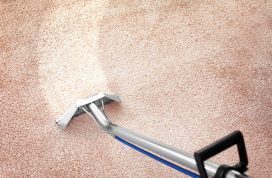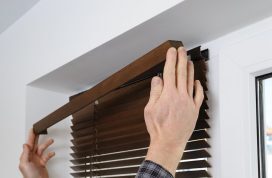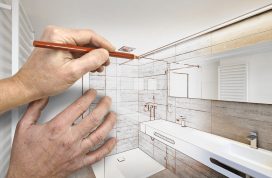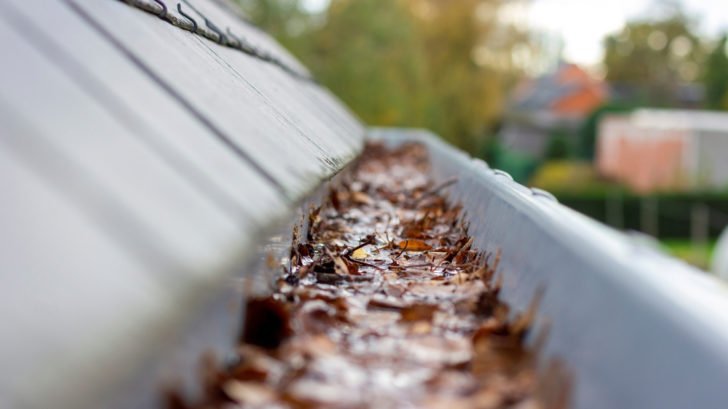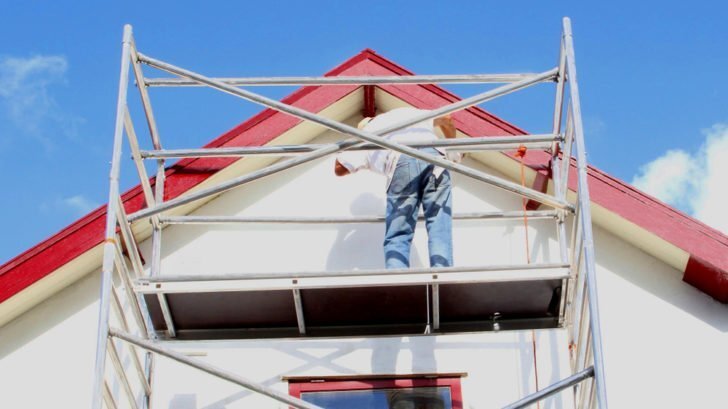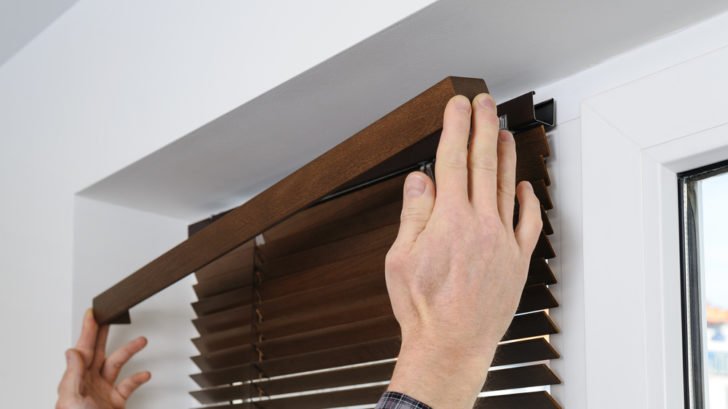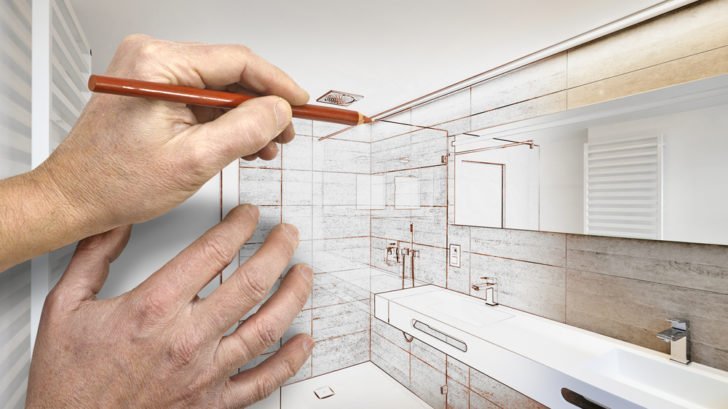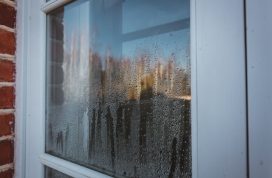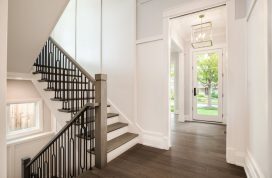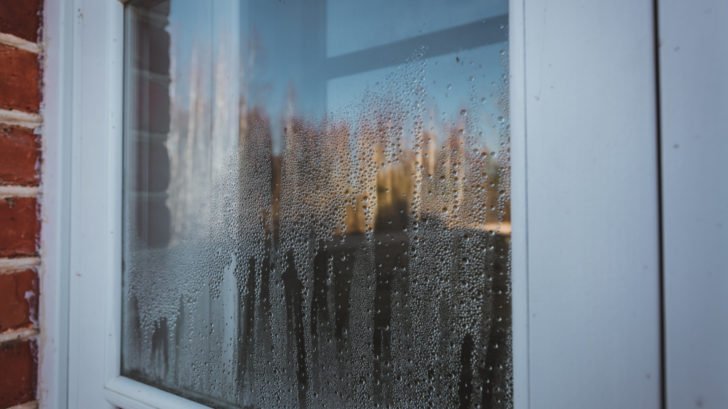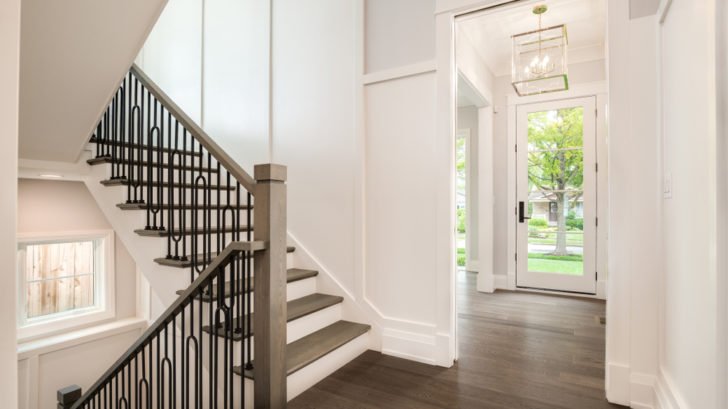Being content with your home doesn’t stop at decorations and a fresh coat of paint, when you notice cracks or uneven walls, it’s time to take action and replaster them.
There are many benefits to plastering a room in your home, including providing a smooth surface for painting, adding insulation, and covering up rough brickwork. Plastering can also be a great opportunity to add decorative mouldings. So, if your walls or ceilings need smoothing out, plastering is usually a great option. It tends to be quite affordable and can give your home a beautiful finish. Keep reading to find out about the latest room plastering price and costs in our guide.
How Much Does It Cost to Plaster a Room?
Average cost in UK: £500
Get local prices
£120
LOW COST
£800
HIGH COST
£500
AVG COST
Next Step: Find out exactly how much your project will cost.
How much does a Room Plastering cost?
Average cost in UK: £500
Get local prices
£120
LOW COST
£800
HIGH COST
£500
AVG COST
Plastering Cost: Rooms & Skimming Walls Prices
When you add an extension or need to repair a wall, replastering the room will help stop dust from building up and provides a smooth surface for painting.
The cost of plastering your room or home will depend on the amount of work to be done.
The cost that most plasterers will give you is largely based on the amount of wall space that needs to be covered, including plasterboards, other materials needed, an estimate of how long the job will take, and labour costs.
Plasterers also commonly use a measure of the room size to estimate the amount of plaster job required, but it’s crucial to keep in mind that this method is only a starting point. The estimate isn’t accurate until the plasterer comes in and assesses the job.
But what about plastering costs? Well, plaster prices and the actual cost of plastering (i.e. labour charges) vary depending on the type of plaster you choose for your property and how much you need (i.e. how many rooms you want re-plastering). To help give you a more accurate idea of plastering, we’ve devised a quick guide below:
Plasterers in London and the South-East of England tend to charge 20% more than those working elsewhere in the country. This is largely due to higher material costs in these regions, as well as increased demand for plastering services.
Replastering, which may require removing old plaster first, creating a new base layer, skimming the surface, and finishing touches, will be less expensive than a full plastering project. This process would include starting from scratch by removing old plaster walls if necessary to construct a new base before adding on the final layers of Plaster.
The price of plastering varies depending on how much work needs to be done and how difficult it is. A patch repair, for instance, may cost anywhere from £70 – £130, whereas an over plaster skim could cost between £150-£200 depending on the size of the wall. Prices for a full plastering job are usually double that amount.
A simple skimming job in a medium-sized room would cost approximately £400 – £500 before VAT and other fees. While a complete plastering job would be around £700 – £800. However, it’s important to note that prices are likely higher in London than elsewhere in the country.
Plastering a Ceiling Costs
Plastering a small ceiling or medium ceiling is more expensive than plastering a wall because it requires specific skills and techniques. A small room’s ceiling cost is £250 – £600, but this price may increase for larger rooms. You will likely need the help of a specialist plasterer to complete this job correctly.
External Rendering Costs
The cost to hire someone for exterior wall rendering projects varies depending on scale. For example, an average renders and finish the job for a small building like a cottage might be around £2000-£3000, whereas something larger like a four-bedroom farmhouse could reach £5000-£8000 or more.
Plastering Cost Summary
The table below outlines the cost associated with hiring a local plasterer:
JOB | COST |
|---|---|
Patch repair | £70 – £130 |
Skimming | £100 – £200 |
Small Room | £400 – £500 |
Medium Sized Room | £500 – £700 |
Full Plastering Work | £700 – £800 |
Plastering a Ceiling | £250 – £730 |
External Rendering | £2,000 – £3,000 |
Four-Bedroom Farmhouse | £5,000 – £8,000 |
Plastering can give walls or ceilings a smooth finish that is perfect as a base-surface for any painting, wallpapering or redecorating ideas you have in mind. Plastering also gives a neat finish and is a safer option for the interiors of any home – especially for those with pets or children who might regularly come into contact with surfaces.
Good quality plastering also provides great heat and sound insulation, keeping you and your family warm on colder days and preventing heat from escaping from room to room – not to mention reducing the sound pollution between rooms too. Most plastering is also extremely fire-resistant, improving your property’s structural integrity– so it really does prove a worthwhile investment.
Plastering Costs Per m2
The average cost of plastering a room is £500, including labour, materials, set-up, and clean-up.
- Drylining and skimming a wall costs on average £22 per metre square
Skimming a ceiling costs on average £25 per metre square or £260 per ceiling
- Skimming a room costs on average £333 per room (Min £120 – Max £650)
- Skimming a wall costs on average £15 per metre square
Remember, these costs are just estimates, and to get the most accurate price for plastering or to find the perfect plastering walls cost for you, make sure you compare a number of different quotes from a variety of both national and local contractors who could get the job done in a matter of days.
Methods of Common Plastering jobs
To help you make the best decision for your needs, we have listed some of the most popular plastering techniques below:
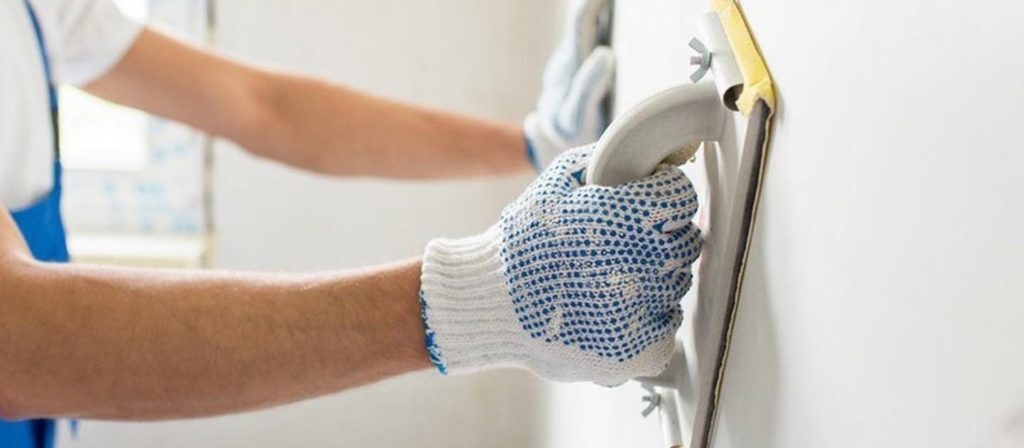
Wet Plastering
Wet plastering is the most common form of plastering, widely used in both domestic and commercial/industrial properties across the country for the last fifty to thirty years or so. It simply involves the mixture of wet plaster being applied directly onto the wall, which has been divided into cross-sections by screeds (flat, wooden battens nailed into the surface) to help keep the plaster level.
Prices for wet plastering usually start at around £250 per wall and £160 per ceiling, although if you fancy giving it a go yourself (if you’ve had a similar DIY experience and are confident enough to try it) you can save quite a bit on labour charges. You could even attend a one or two-day course on how to wet plaster properly, which can often cost as little as £75 to £150.
Dry Lining (Plasterboard)
Dry Lining plasterboard is different from wet plastering because it basically means that the wooden dividers and cross-sections of plaster have already been ‘set up’ for you. As a result, it takes a lot less skill to apply and is usually popular amongst eager DIY fans. The standard gypsum plaster is usually delivered in paper liners, and can be cut to shape with a sharp knife; it’s easy to mould into the desired shape for your chosen surface.
Plasterboard prices vary according to size and quality, but they can often be purchased for a minimum of £80 per wall and £120 per ceiling; a little cheaper than wet plastering, but not always as effective in the long run.
Skim Plaster
Skim plastering can also be used to improve the appearance of a surface. By applying a thin layer of skim plaster over an existing surface, plasterers can cover up any imperfections and create a smooth, even surface. This is a great way to improve the look of a room without having to do a full renovation.
Rendering
Rendering is the process of coating external walls with plaster. This usually involves two or three coats, to create a smooth finish and protect the brickwork underneath. We also have a guide available that outlines the typical cost of rendering a wall.
Venetian Plaster Job Cost
Venetian plaster, also known as marble plaster, polished plaster, or Italian plaster originates from Venice. The beautiful glossy finish and wide range of styles and colors have made it a popular choice for UK homeowners looking to create striking feature walls and even ceilings in their homes.
The price of Venetian plaster varies depending on the size and design of your project, but you can typically expect to pay between £85 for polished plasters and £70 for textured plasters.
Cost-Affecting Factors of Plastering A Room
To get an accurate estimate for plastering, consider the following factors that will influence the plaster costs:
Room Dimensions
Many people don’t realize that it can be more difficult to plaster a small room than work in a large room. When plastering, plasterers require a large space to maneuver and utilize their tools correctly. To achieve a smooth surface while plastering, for example, experienced plasterers use broad arm motions that take up quite a bit of space.
In general, large rooms take longer than small ones to plaster and tend to cost more money. Similarly, if you are skimming onto plasterboard walls, you have to include the cost of the boards themselves as well as the studwork (the wooden frame behind the drywall) and labour costs in your final price quote.
Plastering Method Used
There are four main types of plastering, each with different time investments, necessary materials, and levels of difficulty. Consequently, these aspects will affect the total cost.
Level of Finish
After a plastering job, your walls will be dull brown because that is the color of the plaster. If you want to improve the appearance of your home, you may want to hire someone to paint or decorate.
Other fixtures, such as skirting boards and window paintings, will need to be included in your painting and decorating expenses. The former range from £180 – £350, while the latter range from £400 – £1500.
Cost-effectiveness is important, so make sure to communicate with your plasterer regarding the level of finish you want. For example, do you want them to add a decorative touch or simply skim the walls? The former option will usually be more costly.
Existing Plaster Condition
A contractor can apply new plaster over old as long as the surface below is dry and has a good grip. The amount of prep work will depend on the condition of your walls.
If the paint surface is to be replaced with plaster, the existing plaster must first be textured using a scabbling gun. The gun is handheld and it punctures small indents into the surface of the plaster. This action breaks up the paint and creates an anchor for the new skim coat of plaster. Usually, plasterers will rent a scabbling gun and air compressor from a local hire shop. The cost will then be added to your quote.
Use a hammer and bolster chisel to knock loose plaster lumps from the wall. If the surface is flakey, use a wire brush to remove small pieces.
If the wall is damp, you must identify and fix the issue before continuing. If this isn’t an option, then you can waterproof the wall with bitumen paint. Once you’ve applied the final coat of paint, sprinkle sharp sand onto the wet bitumen. The sand will provide a key for when it comes time to apply plaster skim.
Bare brick- To provide a smooth surface for the skim, concrete or block surfaces need to have a render or plaster base coat. The plasterer chooses which base coat and application method to use based on their experience.
If the existing wall is dilapidated, plasterboarding and skim coating might be more economical than a full repair. The plasterer will know what will work best in your specific instance.
With so many options available, it’s important to have a professional help you decide which is best for your needs. Get a quote from someone who has seen the job firsthand before making your final decision.
The Difficulty of Access
Plasterers need to be able to reach high walls and ceilings, which can measure 2.4m from the floor. However, some older homes and stairwells have higher ceilings. For safe access in these cases, plasterers use scaffolding rather than adjustable stilts. Usually, scaffold hire is specified separately on the quotation so that you can see how much this additional service would cost.
Location in the Country
Keep in mind that labor costs may be up to 20% more expensive in metro areas like Southeast England and London. This isn’t something you can avoid by hiring a tradesman from another region; it’s simply the cost of doing business in these more booming regions. That being said, it’s still helpful to know when comparing Quotes you find online.
The Size of the Company
Though one might initially assume that large companies charge less than small businesses or self-employed tradesmen, this is unfortunately not always the case. Large companies typically have high overhead costs associated with things like office space and staff. However, small businesses can often offer lower prices in order to compete with larger companies.
Additionally, small businesses or single contractors are more likely to be willing to take on smaller jobs such as repairing surfaces or skimming a single wall—tasks that bigger companies would deem not worth their time.
VAT
A lot of the time, VAT is not included in quotations. If you’re not aware of this, it could result in a bill that’s much bigger than anticipated once VAT is added to the total. Always remember to ask the person giving the quote to include VAT so there are no surprises later on.
How Long Do Plasterer Jobs Take?
The duration it takes to plaster can depend on various factors such as the size of the wall, the ceiling, and if you’re doing tiny patch repair work. Here, we will discuss how long each task might take so that you can be better informed.
In this section, we’ll discuss some of the other key factors that play a role in the total time it takes to complete a plastering job.
On average, plastering a single wall usually takes 3 – 4 hours, but plastering an entire room on average takes 1 – 2 days. Plastering two rooms is more time-consuming and normally takes 2 – 4 days. It takes plaster a ceiling 8 – 12 hours. Skimming a large room will take 1 – 2 days. However, small patch repairs, only require 2 – 3 hours on average.
Numerous factors can affect the duration of a plastering job, such as the size and state of the area to be plastered, whether plasterboards need to be installed, and whether skimming is required. Other considerations include waste removal jobs that may need to be carried out and your location in the United Kingdom.
JOB | TIMESCALE |
|---|---|
Plaster a single wall | 3 – 4 hours |
Plaster a whole room | 1 – 2 days |
Plaster two rooms | 2 – 4 days |
Plaster a ceiling | 8 – 12 hours |
Skim a whole room | 1 – 2 days |
Small patch repairs | 2 – 3 hours |
How Do I Find and Hire a Plasterer?
Choosing the right plasterer doesn’t have to be difficult. At wisetradesmen.com, we can help put you in touch with local plasterers who can get the job done quickly and efficiently.
Please click the button below and provide us with more information about your project, so that we can help connect you with an appropriate professional as soon as possible.
Also, speaking with others who have used the company’s services before is always a helpful way to discern whether or not they’re reputable. You can get these recommendations from friends, family, and colleagues.
Having a written quote is always beneficial because if any problems develop, you have something physical to hold against the person. This also allows you to check what was initially discussed regarding payment and duties so that no confusion or conflict ever occurs about what was agreed upon.
Final Checklist for Room Plastering Jobs
If your walls are beginning to show their age, it might be time to call in a plasterer. Here’s our final checklist for ensuring that everything is taken care of with your project:
- The first step is to assess how much work needs to be done. Skimming can usually be a DIY job, but if the walls are too damaged, they might need to be completely replastered.
- If you need work done on both the exterior and interior of your home, consider booking them as one project instead of two separate jobs.
- Never begin work without first getting a written quote as evidence of your agreement.
- Always use an insured trader with a background like yours to make sure they’re the right person for the job.
Frequently Asked Questions
Do I need to cover the wall with a PVA solution before plastering?
If you’re working with old plaster or brickwork, apply a PVA solution to the wall. Use the first coat to seal the old surface and then allow it to dry. Once it’s dried, use another coat as a primer for your finishing plaster. If you don’t want to use PVA, Blue Grit is an effective alternative product. With new plaster and brickwork, there should already be enough moisture present to help create a bond.
Can I Skim or Plaster a Room Myself?
- Achieving a perfect plaster finish requires a deeper level of knowledge and skill.
- To render a multi-storey building, scaffolding and other specialised tools and equipment are necessary.
A hasty DIY job may look fine at first, but over time it could result in more damage than it would have cost to hire a professional plasterer.
Unless you have the right tools, skills, and confidence, it’s probably best to leave plastering jobs to professionals. Not only will they do a better job than you in less time, but it’ll also save you money in the long run.
How long does it take for the new plaster walls to dry?
Generally, you should allow plasterboard to dry for two to three days before starting anything else. For a base coat of plaster, give it four to six days of drying time.
Is Skimming Cheaper Than Plastering?
Yes, but skim-coating is only a viable option if your walls are in decent condition, otherwise, you’ll need to replaster them.
Can You Plaster Over Existing Plaster?
If the current plaster is in good condition, you can simply apply a new layer over it. However, if the plaster is old and crumbling in several places, starting from scratch will give you a better chance at success.
What should be the plastering thickness?
The first coat of plaster should ideally measure 10-15 millimeters in thickness, while the finishing thin coat should be around 3 millimeters.

